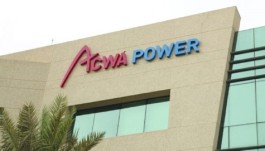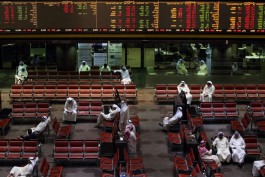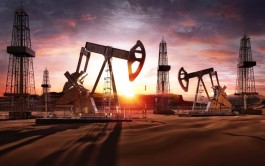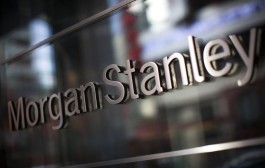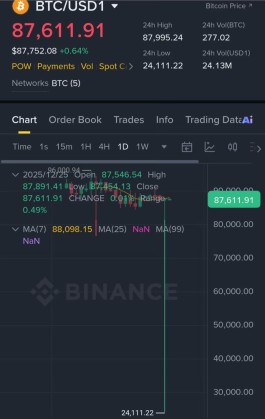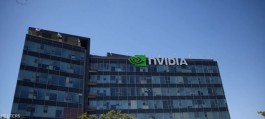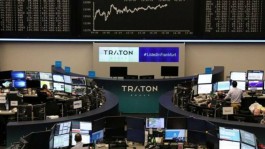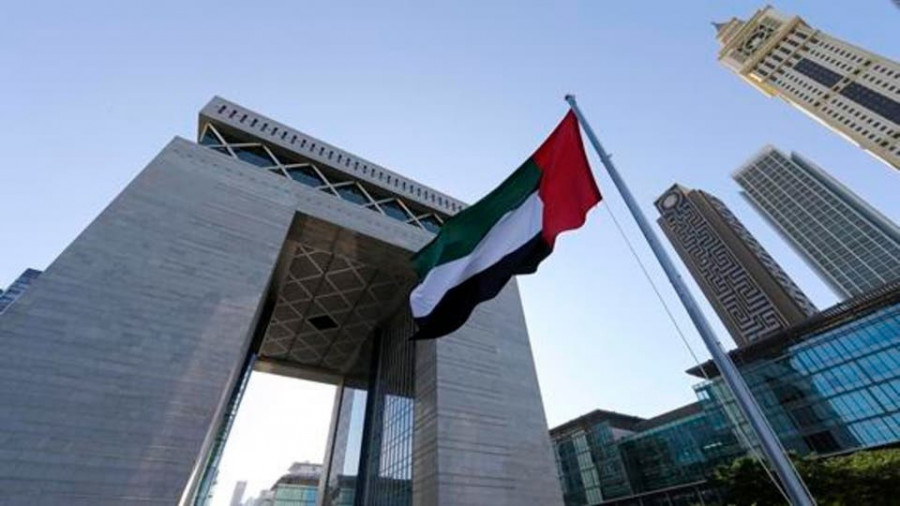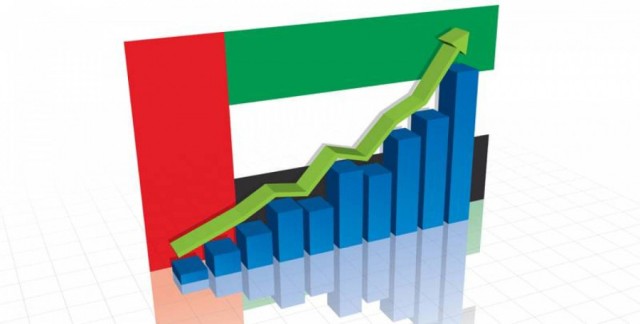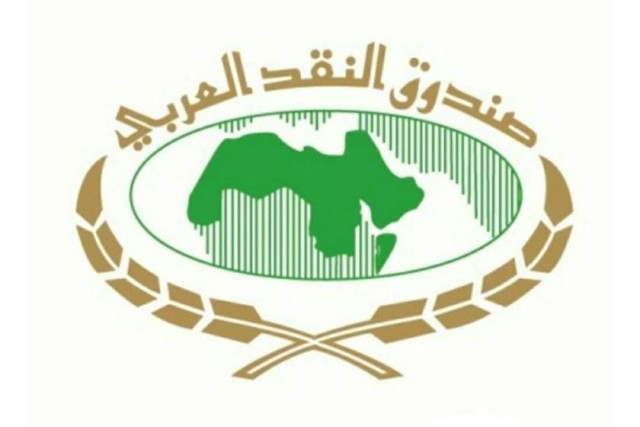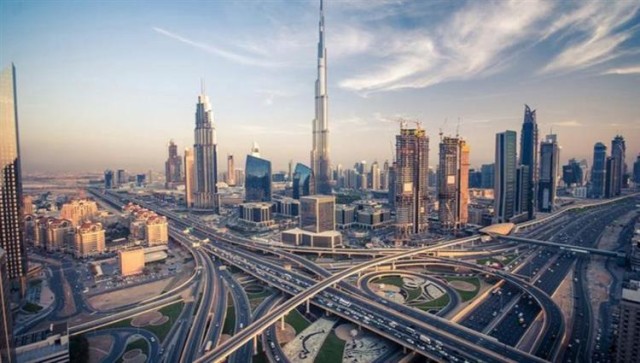According to the Emirates News Agency, this growth was driven by the growth of the non-hydrocarbon sector, which increased by 1.1%, and the hydrocarbon sector, which grew by 7.6%, due to the high increase in natural gas production and its condensate.
The real GDP in the UAE, according to the same estimates, increased by 1.3% in the fourth quarter of 2019, and the pace of real non-hydrocarbon GDP growth accelerated by 2.4% during the same quarter.
The increase in non-oil activities led to an increase in labor market indicators, as employment in the private sector gained more momentum by growing on a comparable annual basis of 2% in the fourth quarter, the highest growth in the past seven quarters, and 38,765 new jobs were created on a net basis in The fourth quarter of 2019.
The Central Bank sets its forecasts for non-hydrocarbon GDP using a model, in which growth is interpreted on an annual basis in non-hydrocarbon quarterly GDP with delayed growth on an annual basis in fiscal spending, quarterly credit, real estate sales prices in the UAE, and the PMI.
Hydrocarbon GDP growth is estimated on the basis of hydrocarbon production and taking into account other activities that add value in this sector. The contribution of the non-hydrocarbon GDP is about 70% of the GDP.
Estimates indicate that economic confidence indicators have improved in the last quarter of the year, benefiting from an increase in government spending on an annual basis of 3.3% in the third quarter of 2019, compared to a decrease of 4.1% in the previous quarter, in addition to an increase on a quarterly basis by 4.2% In oil prices, which boosted confidence in the economy. In parallel, the labor and credit markets recorded a performance that increased employment in the private sector by 2% year on year, compared to an increase of 1.1% in the previous quarter.
At the level of deposits, the quarterly audit report of the Central Bank showed an increase in deposits in the banking system in the fourth quarter of 2019 by 6.5% on an annual basis, mainly driven by the increase in government deposits and private sector deposits. Credit growth accelerated, registering a growth of 6.2%, which is higher than in the second and third quarters of 2019. Financial safety indicators continue to reflect the integrity and stability of the banking system.
The UAE Central Bank balance sheet increased in the fourth quarter of 2019, thanks to the increase in foreign assets.
At the same time, interest rates in the interbank market in the UAE have decreased ...









